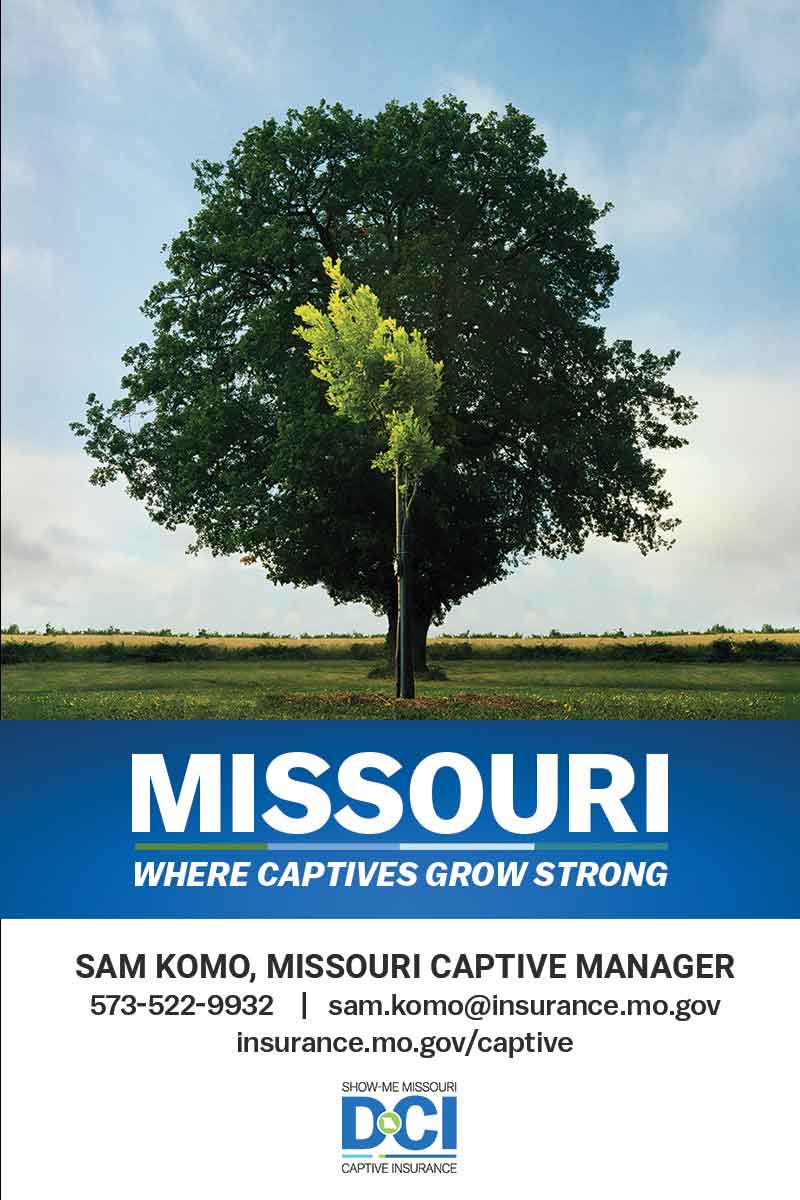Mature group captives face a myriad of potential challenges ranging from member exits, adjustments to captive retentions, complex claims and more, according to a session at the 2021 Cayman Captive Forum.
In the session ‘Special issues faced by mature group captives’, Chad Kunkel, executive vice president, group captives, North America at Artex Risk Solutions, notes it is important to remember that members in a group captive may have different objectives to one another. Therefore, captive managers must consult and understand the aims of the group captive to effectively administer and manage service providers to meet those goals.
For the purposes of the session discussion, a mature group captive was defined as a company operating for more than 10 years, with longer-term members as well as new members added routinely each year, an established history with service providers and an entrenched governance and succession plan.
The first issue discussed was member exits, which may arise if a member is acquired by another organisation, files for bankruptcy or sees a change in ownership or management. Kunkel noted that early exit from a group captive requires a mechanism to buy out claims liabilities, which may affect future loss development of the captive as a whole.
Kunkel also identified adjustments to captive retentions over time as a significant potential issue for mature group captives. He highlighted that retentions should trend upward over time, although this may be difficult owing to the reluctance of individual members to assume greater risk for the same premium.
This cost-benefit trade-off with higher excess costs can reveal different concerns and priorities across the membership of the group captive.
In the session, Kunkel and Joseph Herbers, managing principal at Pinnacle Actuarial Resources, discussed the likely problems associated with closing out of policy periods, particularly for long-tail risks such as property or workers’ compensation.
In addition, looking for commutation quotes is an undesirable option as it requires substantial risk premium for a third-party to assume risk.
The session therefore determined rolling into a tail fund as a workable solution, as the captive is still responsible for claims but this allows a policy period to close out around five years after the expiration of a policy period, providing the current members of the group captive underwrite the risk associated with variability in the tail fund.
Herbers noted the increase in complex claims as a significant issue for mature group captives. To mitigate this potential problem, a captive must ensure comprehensive understanding of the reinsurance agreement, including aggregate coverage, multiple occurrences, continuous trigger claims, and an allocated loss adjustment expenses structure.
Other general risk management issues covered in the session included the higher amount of risk in mature captives, which requires a stringent process to handle poor payers of premium, as well as the problem of inactive members.
The session concluded by recommending a mature group captive ensures it has a focus on continuous improvement, not just loss control, as well as driving cost reduction and operating as a forum to share ideas and best practices.
In addition, it is fundamental for a mature group captive to benchmark to industry standards and other group captives — for example, in terms of frequency rates or severity rates — to ensure that pricing reflects performance in a self-correcting programme.






